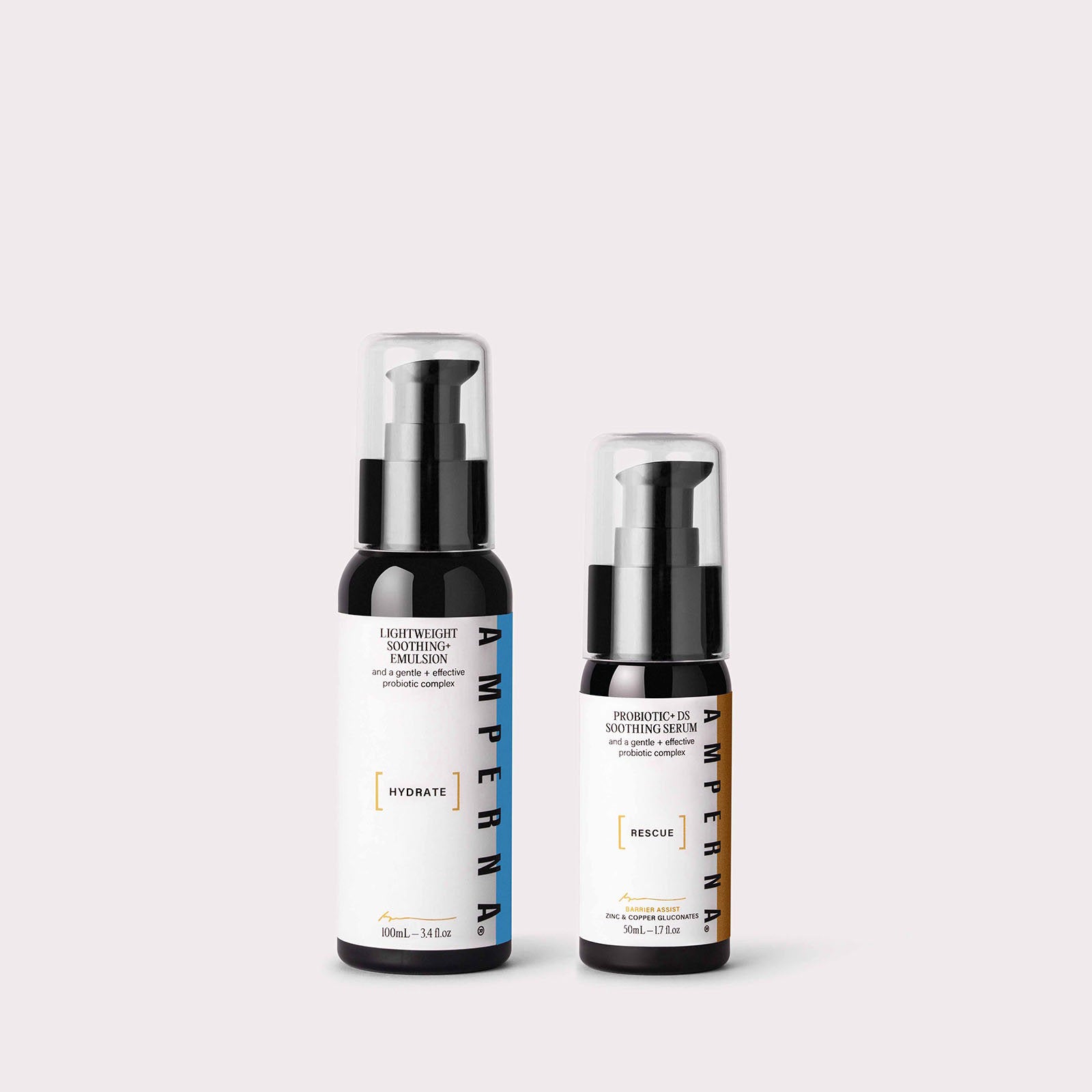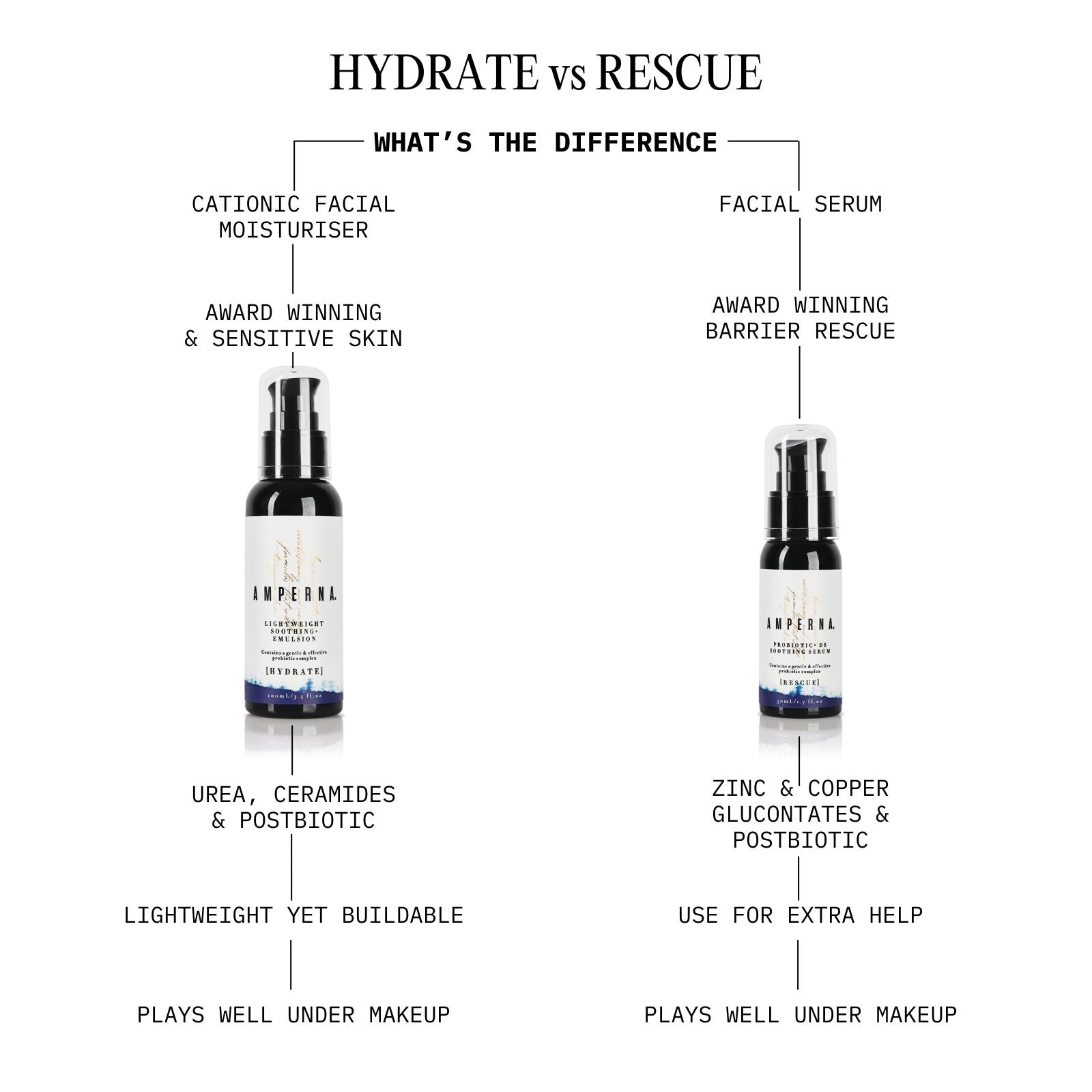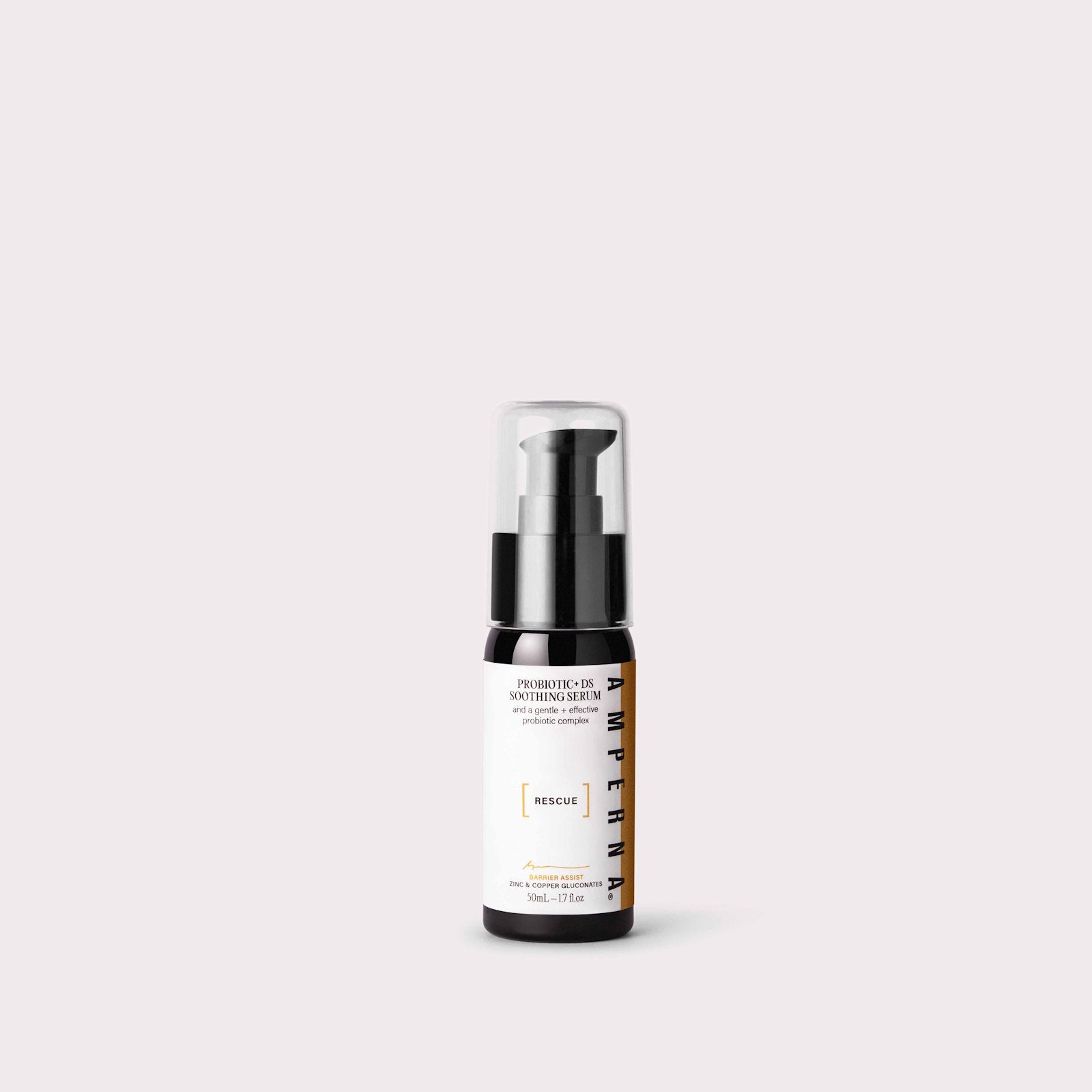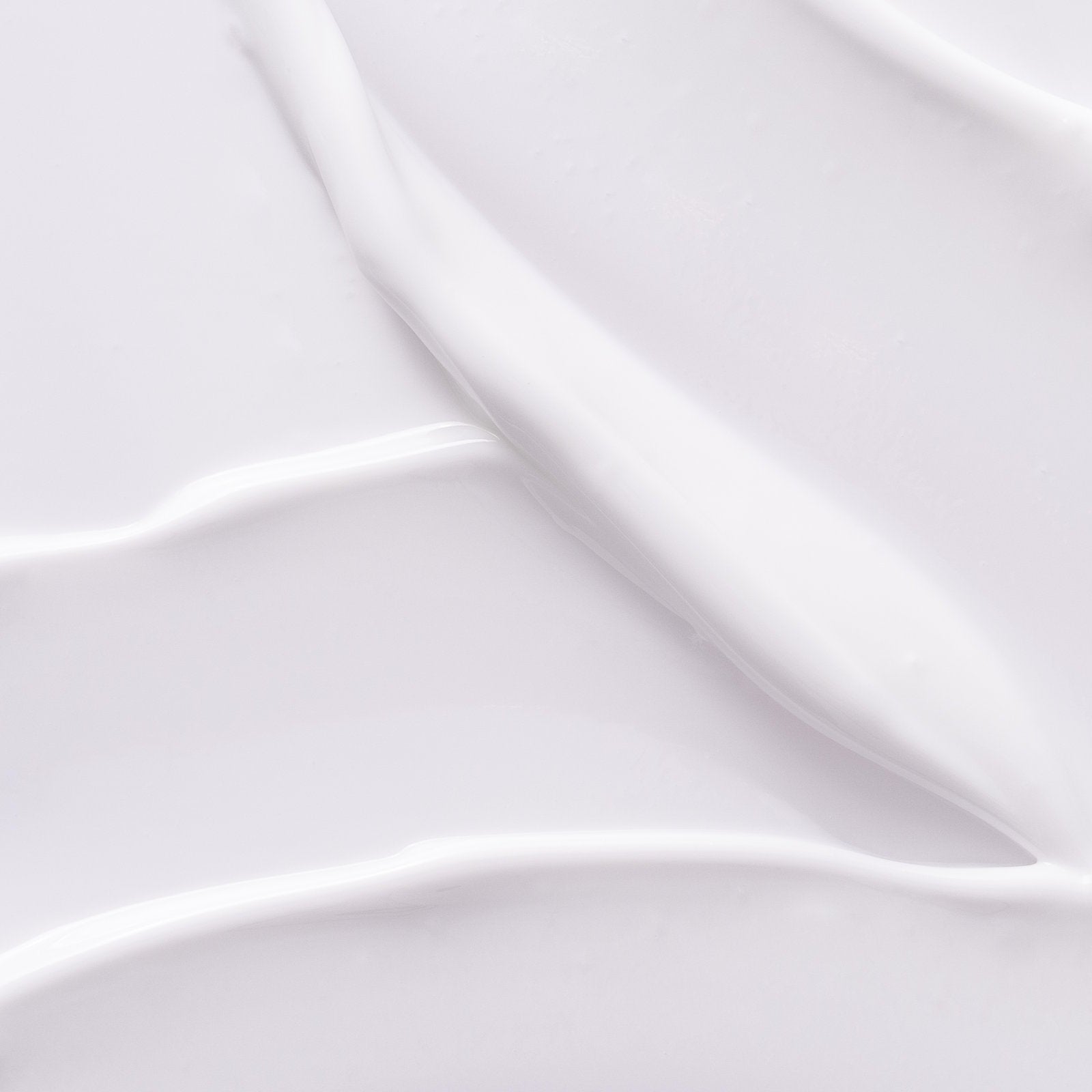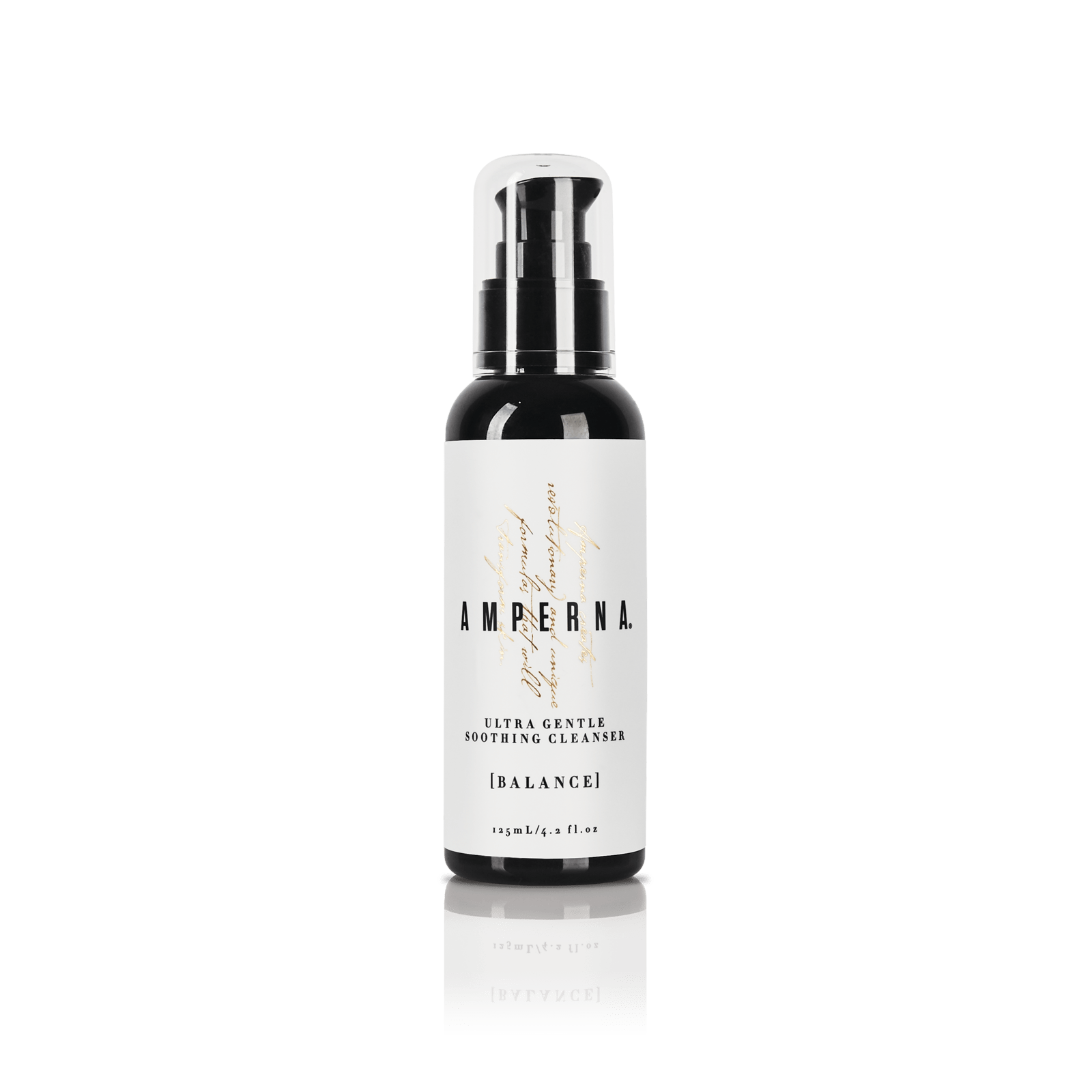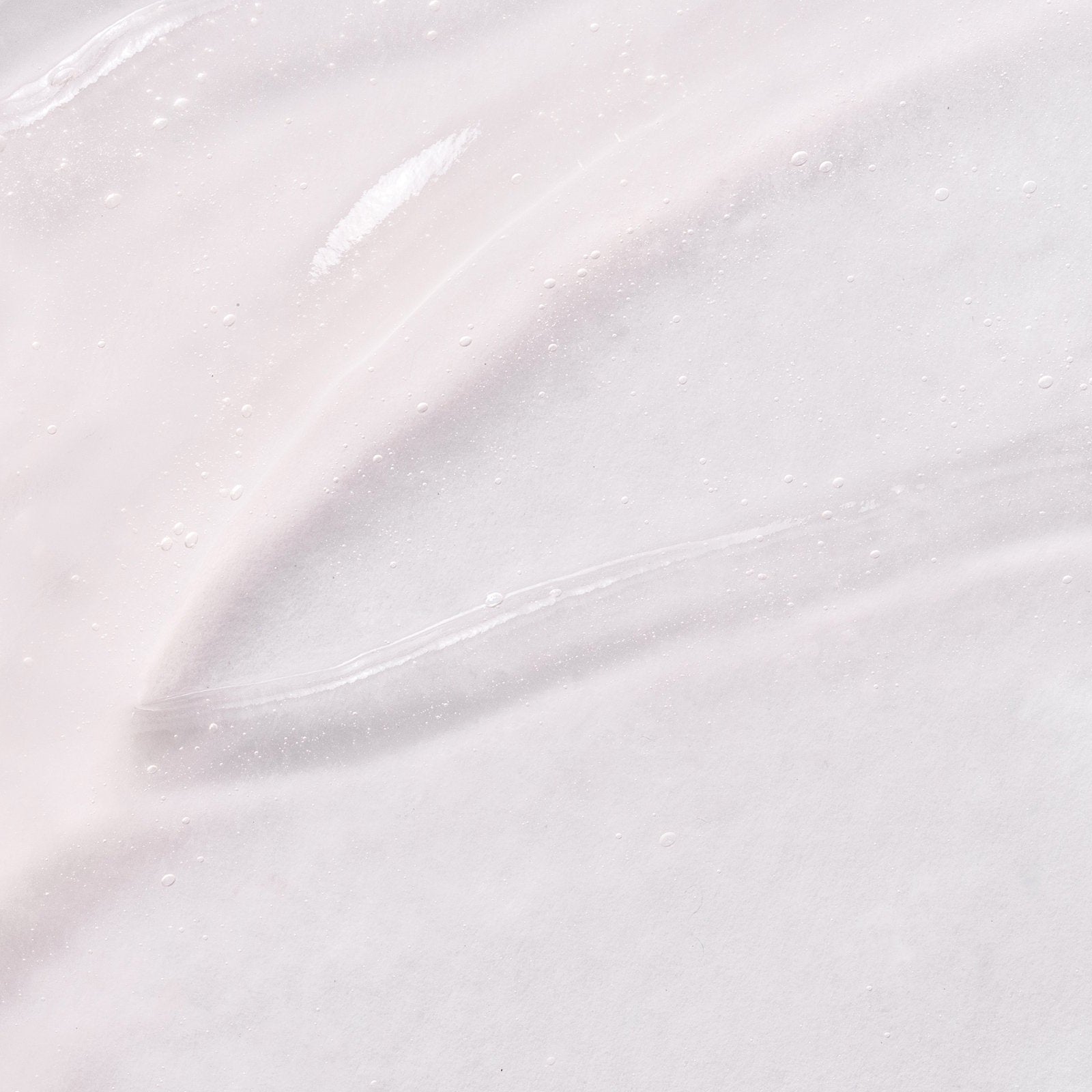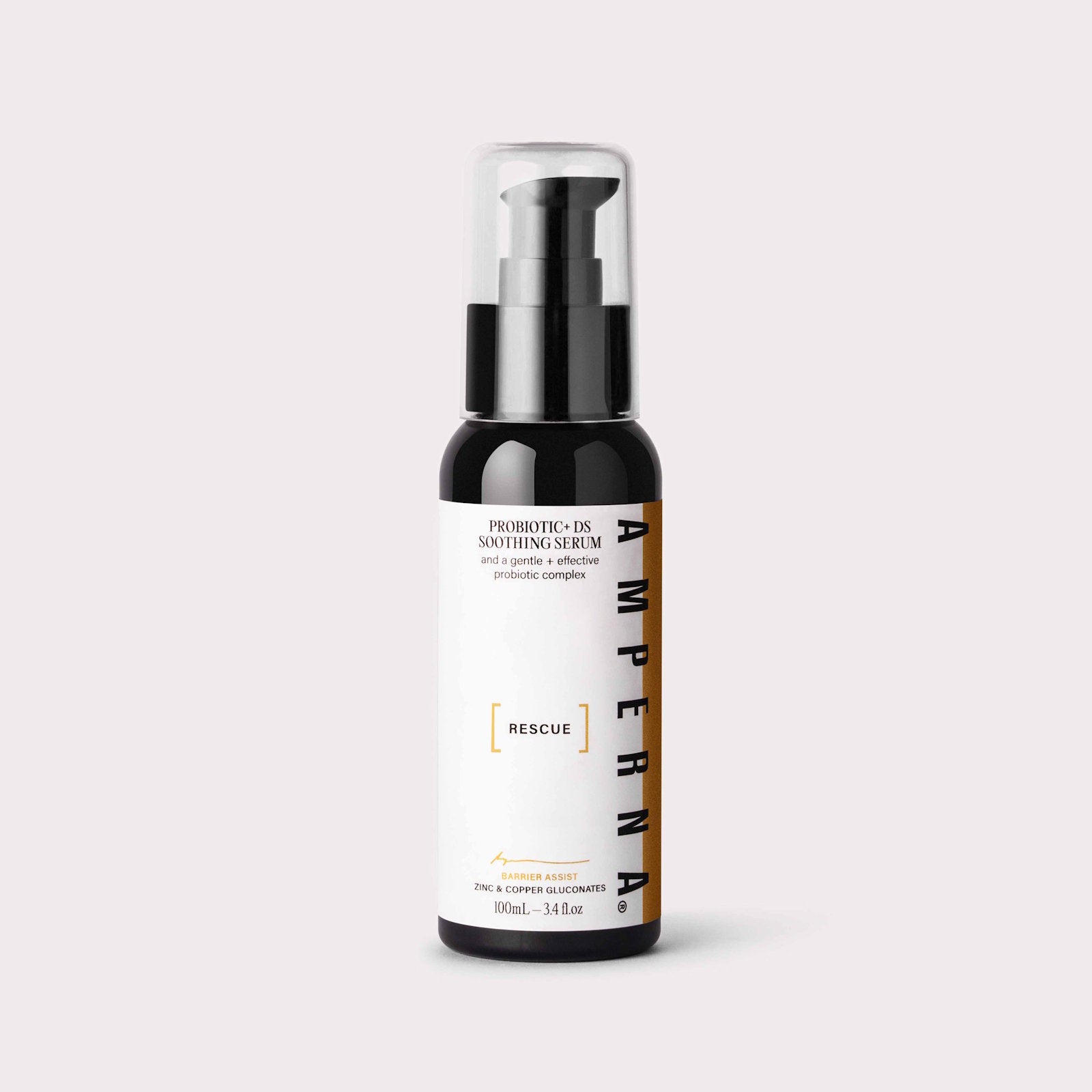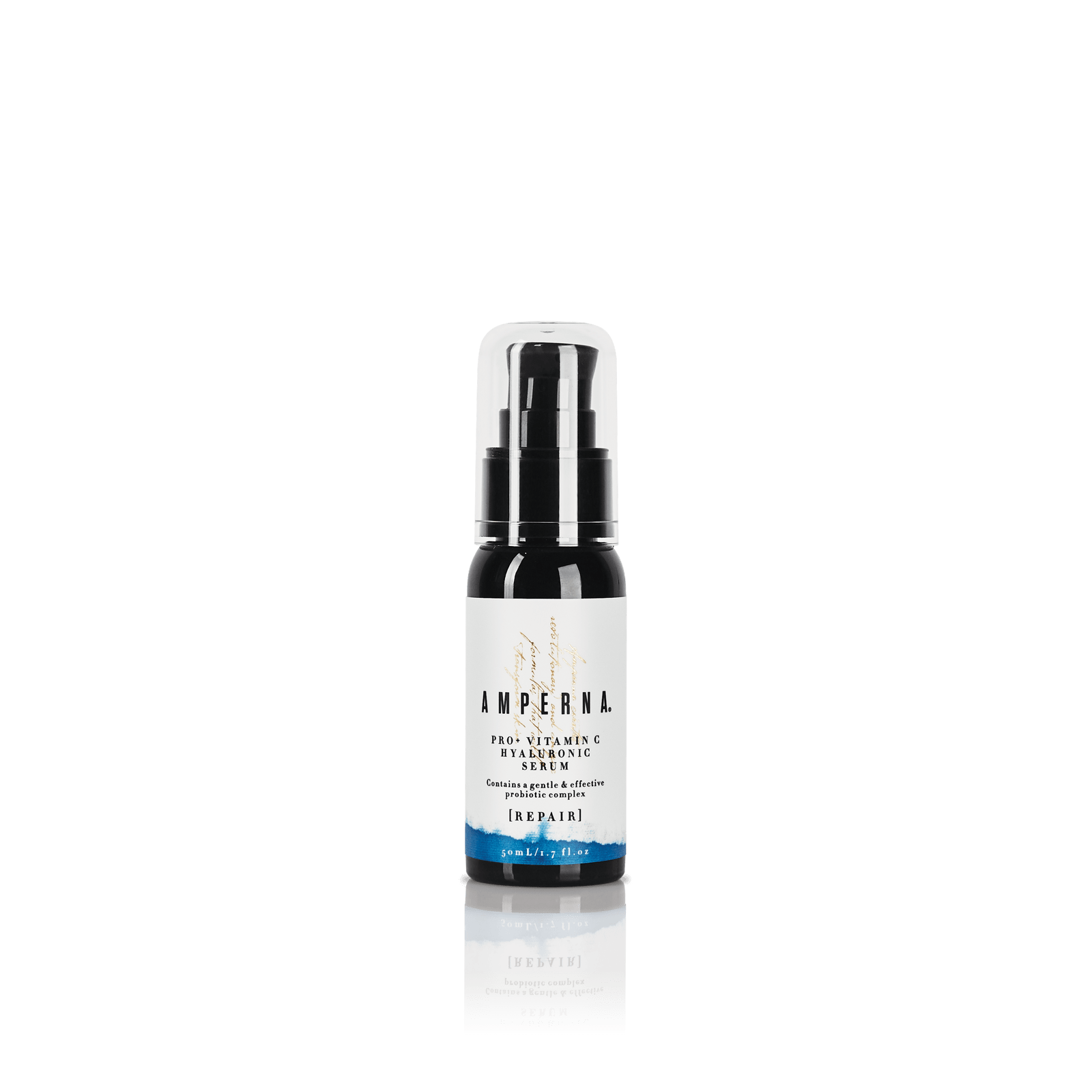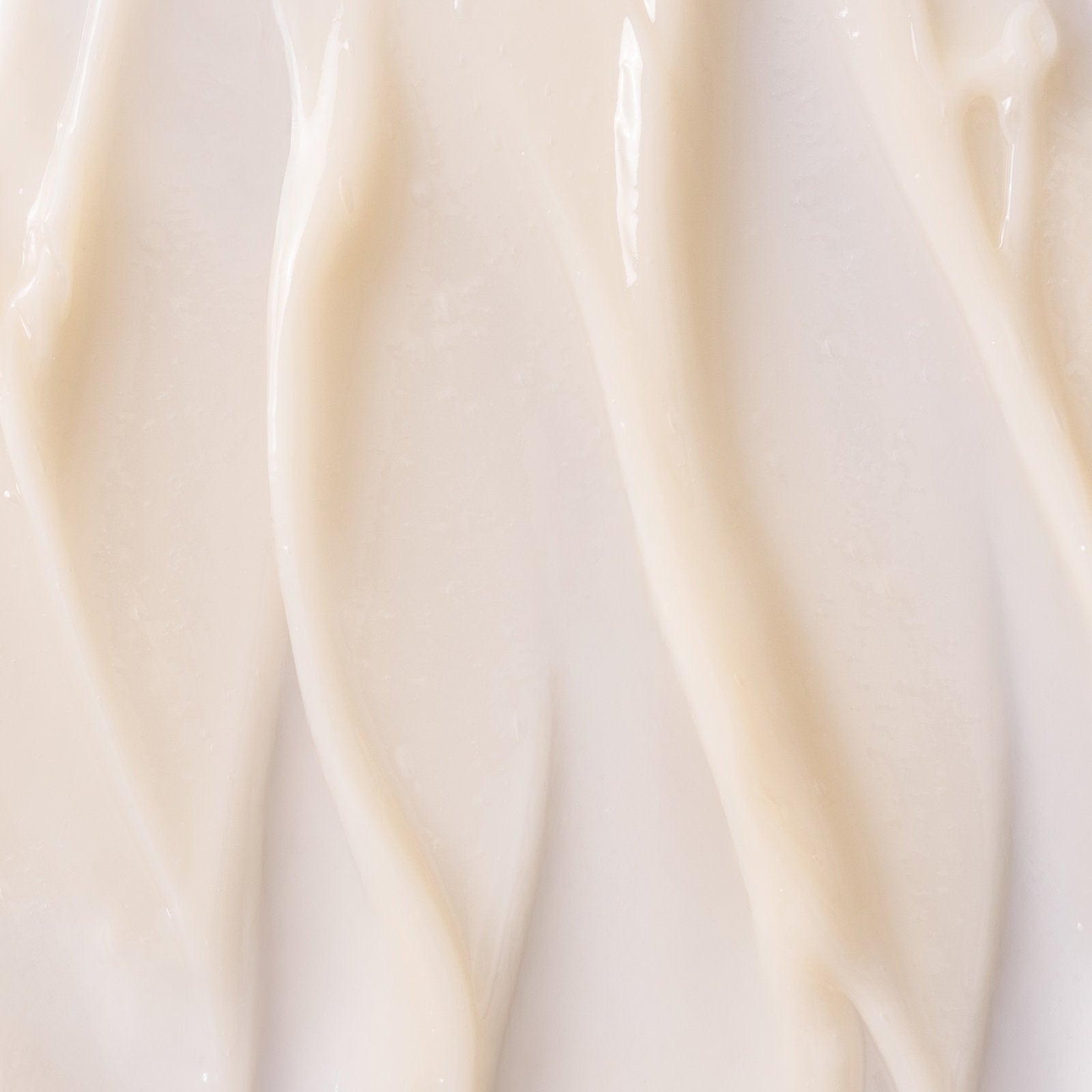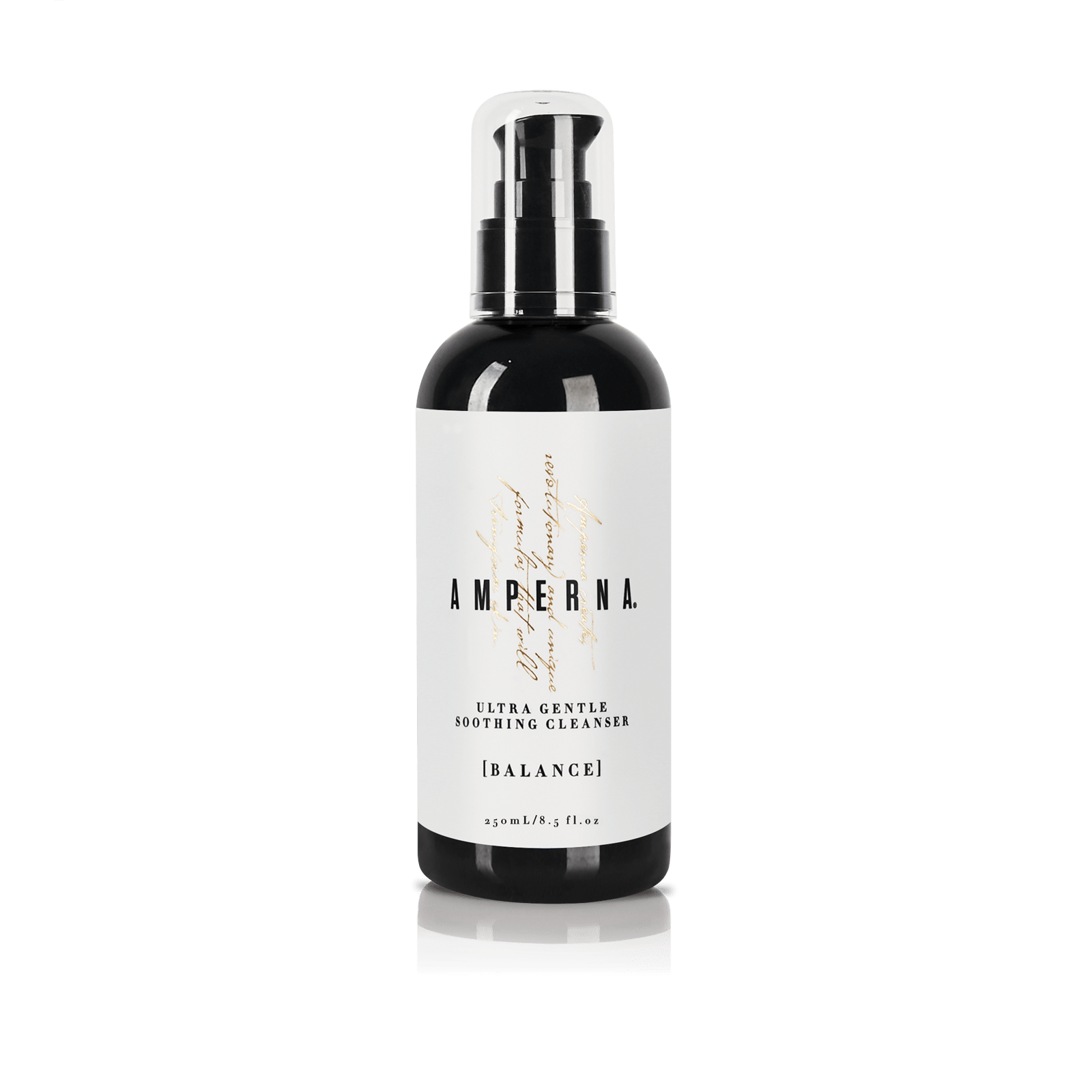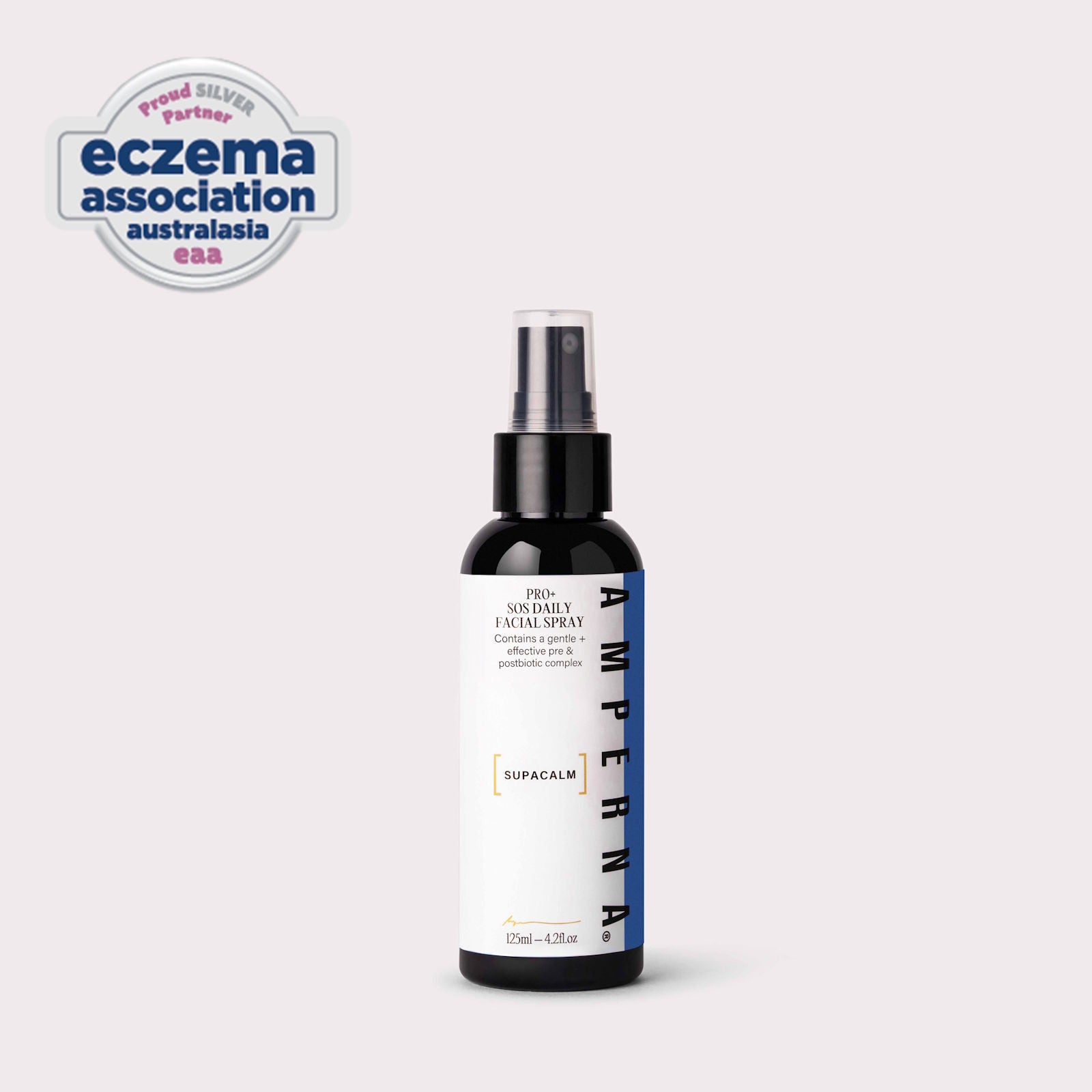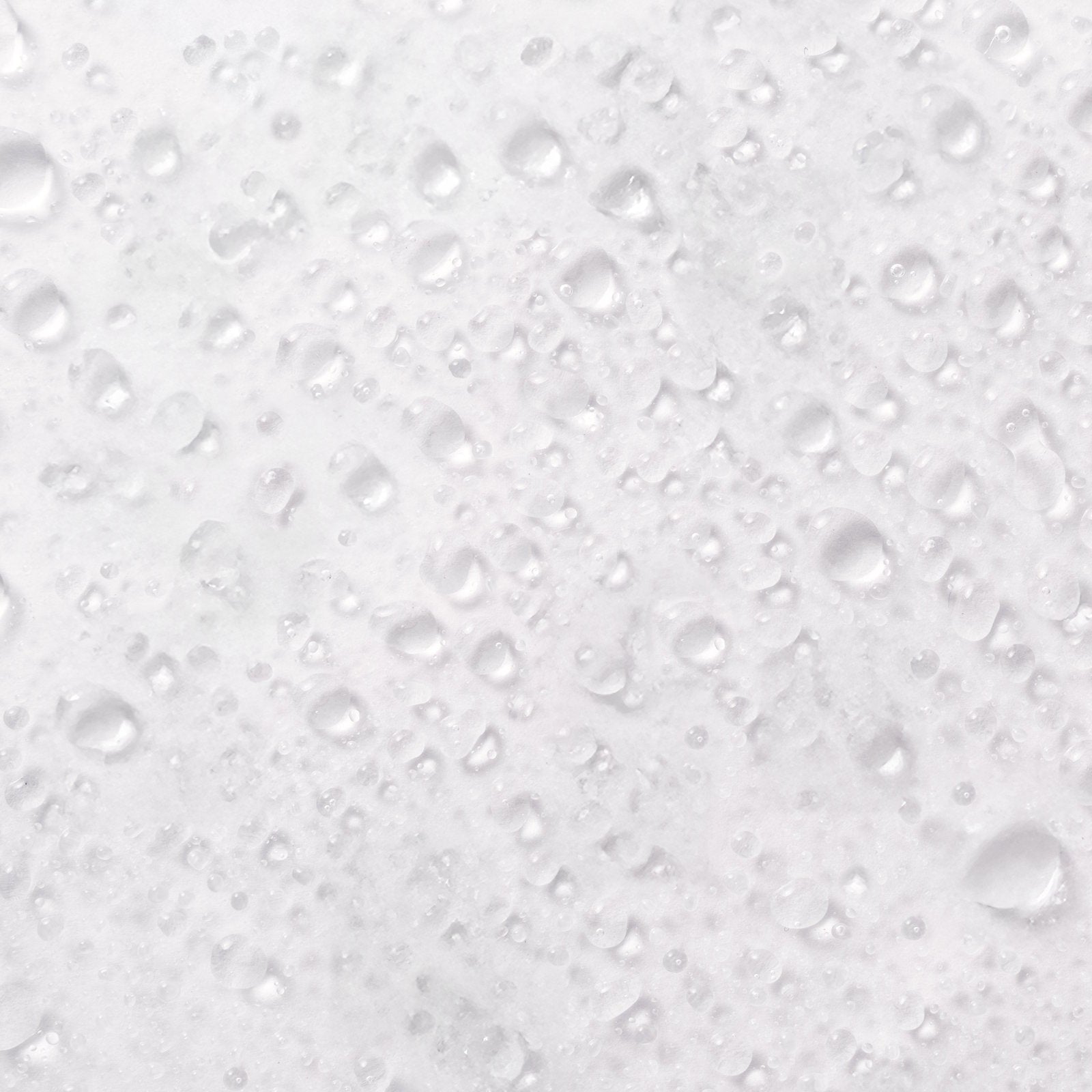When layering your skincare products, it is important to understand which ingredients work well together and which do not. Some ingredients can complement and enhance the benefits for your skins health whereas others can clash, degrade, or cause unwanted skin woes.
Skin irritation can be the result of incorporating too many overpowering ingredients layered on top of one another. Your skincare routine should include products that complement each other to avoid over-drying, over-exfoliating, or irritation to the skin.
When mixing and layering skincare ingredients, it is important to approach it with caution and follow some general guidelines first and foremost.

General Guidelines
- Patch test - Before combining new skincare products, it is a good idea to patch test them individually first. This helps ensure that your skin does not have any adverse reactions to the ingredients. We have a patch test guide here.
- Start slowly - If you decide to mix different skincare products, introduce them gradually to your routine. Start by using them on separate occasions, gradually increasing the frequency of use.
- Focus on active ingredients - If you are combining products with active ingredients like retinoids, AHAs, BHAs, or vitamin C, be cautious. These ingredients can have potent effects and may cause irritation or sensitivity when used together.
- Follow product instructions - Always follow the recommended usage and instructions provided by the individual skincare products.
Remember, everyone's skin is unique, and what works for one person may not work for another. It is important to observe your skin and adjust accordingly. If you experience any redness, irritation, or discomfort, discontinue use, and/or consult a skin health professional.

Skincare Ingredient Combination Dos and Don'ts
Dos
Here are a few skincare ingredient combinations that work well together:
Vitamin C + Vitamin E - This powerful combination of antioxidant vitamins helps brighten the skin and boost collagen production. Vitamin C helps reduce oxidative stress and even out skin tone, while vitamin E helps nourish and moisturize the skin resulting in plump and supple skin.
Vitamin C + SPF - Vitamin C should always be layered under sunscreen because they complement one another and will protect skin against UV damage.
Niacinamide + Salicylic acid - Niacinamide is a powerful anti-ageing ingredient that improves skin texture and maintains the skin’s moisture barrier. Salicylic acid exfoliates and helps clear acne-prone skin. Together, they help reduce inflammation and improve the appearance of fine lines and wrinkles, creating a balanced, healthy complexion.
Niacinamide + pretty much every skincare ingredient - Otherwise known as vitamin B3, this antioxidant is an anti-inflammatory that can brighten skin and even out discoloration. Because of its anti-inflammatory properties, the skin reacts very minimally to it, and side effects such as irritation are unusual.
Retinol + Hyaluronic acid - Retinol is a powerful anti-ageing ingredient that helps reduce fine lines and wrinkles, while hyaluronic acid is a humectant that draws moisture to the skin. Together, they can help prevent dryness and irritation caused by retinol use.
Retinol + Vitamin C - This combination can combat both wrinkles and dark spots. As mentioned above retinol is a potent anti-aging ingredient, while Vitamin C helps brighten the complexion, reduce redness, and strengthen the skin. These can work together to protect against skin aging and improve the overall texture and appearance.
*NOTE: when combining these two in your regime it is best to use Vitamin C in the AM & Retinol in the PM to get the best benefits out of each ingredient.
Retinol + SPF - SPF not only prevents skin cancers, wrinkles, and sunspots, but retinol and retinoids can make the skin more sensitive to the sun, accelerating sun damage and ageing skin.
Alpha Hydroxy (AHA)/Beta Hydroxy (BHA) Acids + Hydrating ingredients - Glycolic, salicylic, and lactic acids are effective exfoliants and together help to increase cell turnover, unclog pores, and control oil production, which can improve the overall texture and tone of the skin. However, all three of these acids can dehydrate and irritate the skin. When using products with AHA or BHA acids, follow up with a hydrating product like hyaluronic acid, petroleum, glycerine, and ceramides.
AHA/BHA + SPF - Much like retinol, AHA/BHA acids can cause sun sensitivity. While you should be wearing an SPF every day regardless of what products are in your skincare routine, it is extra imperative to not skip this step when you're using these ingredients.
Generally, if you have normal skin and no severe or sensitive skin concerns these combinations of ingredients work wonders for the health of your skin.

Now, let us dive into the opposite end of the skincare mixology.
Don'ts
Some skincare ingredients should not be layered together due to potential adverse reactions. Here are some examples:
Vitamin C + exfoliants - Vitamin C is pH-sensitive and can be destabilized when combined with exfoliating ingredients like AHA’s. Using Vitamin C after exfoliating ingredients can enhance the ascorbic acid potency and cause irritation. It can also lead to reduced effectiveness of the ingredient.
Vitamin C + Retinoids - In contrary to the above-mentioned that this work well together, it is important to note to use these two ingredients separately on alternate days and/or evenings to avoid skin irritation or redness, especially if you have sensitive skin. Because Vitamin C protects skin from environmental aggressors and retinol repairs and rebuilds skin, they are best used at opposite times of the day. I.e. Vitamin C in the morning and retinol in the evening. Retinol can exacerbate skin dryness and should be paired with a hydrating ingredient like hyaluronic acid.
Vitamin C + Benzoyl Peroxide - Benzoyl peroxide oxidizes vitamin C which renders them both ineffective. They are also best used on alternate days.
Benzoyl Peroxide and Hydroquinone - Hydroquinone is a skin-lightening agent and is commonly used to treat hyperpigmentation, whilst benzoyl peroxide fights against acne. You should never layer these two ingredients together or you run a serious risk of causing major irritation and possible skin staining.
Retinol + Benzoyl Peroxide - It is not recommended to use benzoyl peroxide and retinoids together as they literally cancel each other out, wasting your time and money.
Retinol + AHA/BHA Acids - AHA and BHA acids are exfoliating, which can dry out the skin and cause further irritation if your skincare routine already includes retinol. Layering various acids may cause excessive skin sensitivity, irritation, and redness. AHA and BHA’s should not typically be used together with retinoids on the same day.
SPF mixed into Moisturiser/Makeup - SPF is crucial for every skincare regime and is the one step you should never take shortcuts with. Don't mix your sunscreen with your makeup or moisturizer. It should be applied as a single layer and as the last step of your skincare routine to preserve the UV protective factors.



